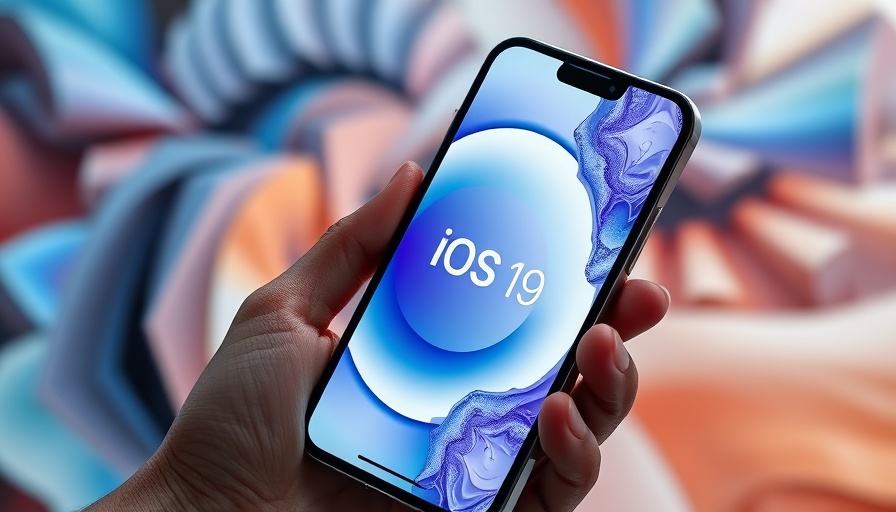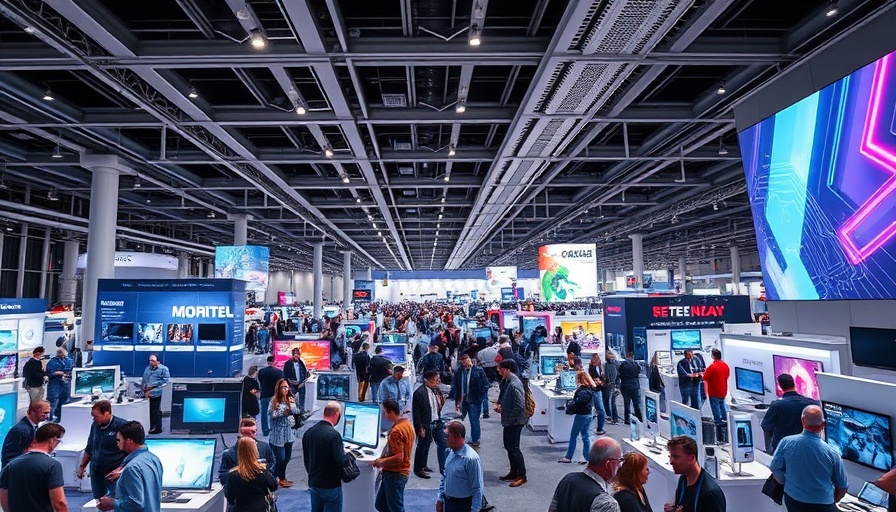
Rumors Swirl: Will iOS 19 Leave iPhone XR, XS, and XS Max Users Behind?
As Apple gears up for its Worldwide Developers Conference (WWDC) in 2025, anticipation around iOS 19 grows, but whispers indicate a potential shakeup in support for older iPhone models. Besides the excitement for new features, there may be disappointment for users of the iPhone XR, XS, and XS Max, which might not receive the upcoming software update.
The Context of Device Support and Updates
Historically, Apple maintains a pattern of providing support for about six years before discontinuing updates for older models. For instance, the iPhone X was dropped before iOS 18, and the iPhone 8 series faced the axe after iOS 16. This trend points to a clear message about the lifespan of software support from Apple, which could soon include the iPhone XR, XS, and XS Max.
Insights into iOS 19 Features and Accessibility
The next iteration, iOS 19, promises to be the biggest redesign in a decade, featuring not only a refreshed interface but also a host of new functionalities. Users can expect improved Apple Intelligence features, a revitalized camera app, and a wealth of AI-enhanced tools. While iOS 19 seems to have a lot to offer, there is a catch—some of the cutting-edge functionalities may only be available on newer devices.
The Dilemma: What If You’re Not Supported?
Even if support is dropped for the XR, XS, and XS Max, it doesn’t mean these devices will suddenly become obsolete. Apple is known for providing ongoing security updates, ensuring older devices remain secure even without the latest software. Recent updates show that models like the iPhone 8 and iPhone X still receive essential security patches long after major software support has ended.
Conflicting Reports: What Should Users Expect?
Confusion reigns regarding which devices will officially support iOS 19. While a report from 9to5Mac suggests that the XR, XS, and XS Max will be dropped, there's some louder chatter disputing this claim. Earlier leaks from iPhoneSoft claim that all devices running iOS 18 will be compatible with iOS 19. With credible sources on both sides, users are left pondering which rumor to believe.
Parallel Examples: The Evolution of iPhone Support
Historically, Apple has always had a clear strategy regarding the lifecycle of its devices. Similar to the previous iterations, the drop in support often hinges not just on technology capabilities but also on the company's push towards leveraging new hardware advancements. For example, older models that miss out on significant updates typically lack the hardware required to run newer features, thereby limiting their usability.
Future Predictions: Will Apple Change Its Strategy?
As tech landscapes evolve, the question remains: will Apple continue this path, or will they shift to a more inclusive support strategy? Industry trends suggest that many companies are now looking towards extending the life of their devices, as consumer demands for sustainability grow. It remains to be seen how Apple will balance innovation with customer loyalty.
Your Device's Future: Emotional Implications
For many users, the prospect of losing support for their cherished iPhones invokes more than concern—it can stoke feelings of frustration and disappointment. Those who invested heavily in their devices may feel let down, especially as newer features become unreachable. This could influence users to switch to competing brands that may offer more extended support for older devices.
Conclusion: What Can Users Do?
Whether you're using an iPhone XR, XS, or XS Max, staying informed and proactive about updates is vital. With the expected announcement of iOS 19 around the corner, upcoming choices will significantly impact user experience. Consider preparing for potential transitions or exploring alternatives if app compatibility begins to wane. Keeping track of reliable sources and following tech news regularly can also ensure you're ready for future developments. The best response lies in being informed and adaptable, especially in the rapidly evolving world of technology.
 Add Row
Add Row  Add
Add 




Write A Comment